The Top 10 Cars for Winter Driving: Ultimate Guide to Conquering Snowy Roads
Share
Driving in snow and wintry conditions presents unique challenges while requiring safety and control for the driver and passengers alike. When winter blankets roads with snow and ice, the quest for the best cars in snow and the art of driving in snow becomes essential for a safe and confident winter drive. Therefore, being informed about these critical elements enables you to prepare your vehicle for winter conditions.

In this blog post, we delve into the essential habits crucial for safe driving in snow, the top safety features offering stability on icy roads, the vehicle types renowned for their durability in wintry conditions, and the ten best cars for snow. Here, you will also learn the significance of performance parts in winter. So, if you want to prepare your car for a safe and confident winter drive, all you need to do is read till the end!
Master the Art of Driving in Snow: Essential Habits for Winter Conditions
Whether you have the best cars for snow or not, driving in snow demands a unique set of skills and precautions to ensure safety on the road. We can define them as essential driver habits in snow. So, let’s look at crucial driver habits in the snow below:

Mastering Defensive Driving Techniques for Safe Snowy Road Conditions
When navigating through snow-covered roads, defensive driving becomes paramount. This involves staying hyper-aware of your surroundings, constantly scanning for potential dangers like black ice, reduced visibility, or sudden changes in road conditions. Maintaining a safe distance from other vehicles is crucial since braking distances can be significantly extended on slippery surfaces. So, anticipating and preparing for possible hazards allow for quicker reactions, minimizing the risk of accidents.
Responsible Speed Management
No matter how good cars for snow you have, responsible speed management is necessary. Adjusting your driving speed to match the road conditions is a fundamental safety measure in winter conditions. Reducing your speed ensures better vehicle control, allowing ample time to react to unexpected situations, slippery patches, or obstacles. It also lessens the severity of a possible accident. So, it is important to remember that driving too fast for snow-covered roads can increase the likelihood of skidding and losing control.
Avoiding Distractions
Even though you have one of the good cars for snow, you should avoid distractions like talking or texting on your phone. The margin for error diminishes significantly when driving in snow. So, maintaining an unwavering focus on the road ahead is crucial. Thus, maintaining a relentless focus on the road ahead is vital. Any distractions, like talking or texting on your phone, eating and drinking, talking to people in your vehicle, and fiddling with the stereo, entertainment, or navigation system, can divert your attention from rapidly changing driving conditions in snow. So, remaining vigilant and entirely concentrated on driving enhances reaction times and provides better control over the vehicle in challenging winter circumstances.
Avoid Sudden Maneuvers
Sudden movements can lead to losing control and traction when driving on snow or ice. So, smooth, gentle, and careful maneuvers and braking are critical driver habits, even driving one of the best cars for snow. Gradually applying brakes, steering with subtle movements, and avoiding sudden acceleration are essential to prevent skidding. Therefore, this approach allows the tires to maintain better contact with the road surface, reducing the risk of sliding.
Keep Your Car Visible While Driving in Snow
Maintaining visibility while driving in snow is essential for safe navigation. Ensure you utilize your car’s headlights effectively by keeping them on throughout the day and switching to low-beam lights in snowy weather. It is crucial that you should consistently clear snow and ice from your car’s headlights, taillights, and windshield. Also, you can consider wearing reflective gear and adding reflective stickers to help others see you. So, these actions help make your car visible while driving in snow and reduce risks.
Consistent Vehicle Maintenance
Before the winter season sets in, ensuring your vehicle is in top condition is pivotal. No matter how good cars for snow you have, you should maintain it regularly and constantly to experience safe driving in snow. Conducting thorough checks on crucial components such as brakes, tires (specialized winter tires for enhanced grip), lights, and heating systems is essential. Thus, well-maintained equipment reduces the likelihood of breakdowns and provides peace of mind when driving in adverse conditions.
Continuous Performance Improvement
Upgrading your vehicle with performance parts tailored for snow and ice can significantly enhance safety. Specialized winter tires, for instance, offer superior traction and grip on snow-covered roads. As you can see, specific car performance parts designed for adverse weather conditions can substantially improve stability and maneuverability, contributing to a safer driving experience. Even though you have one of the best cars for snow, you might need to upgrade it with specific car performance parts to aim at completely safe driving in snow.
What are the Top Safety Car Features for Driving in Snow?
There are some top safety features, especially in good cars for snow. Here is a more detailed exploration of the top safety car features for driving in snow:
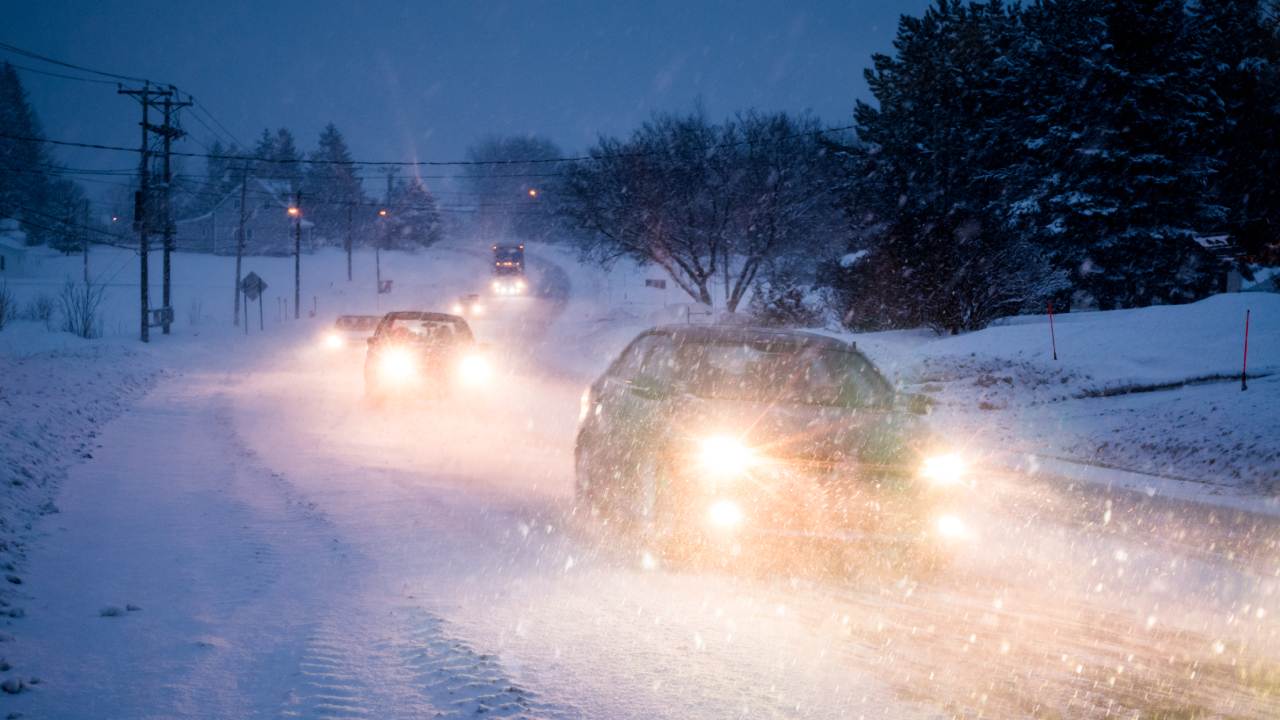
All-Wheel Drive (AWD) or Four-Wheel Drive (4DW) Systems
These drivetrains distribute power to all four wheels, offering enhanced traction and control on snow-covered surfaces. By engaging all wheels simultaneously, AWD or 4DW systems provide improved traction, allowing the vehicle to navigate challenging snow conditions more confidently. Thus, AWD or 4WD vehicles typically offer superior handling and stability on snow-covered roads compared to their two-wheel drive counterparts.
Electronic Stability Control (ESC)
Electronic stability control plays a pivotal role in maintaining vehicle stability by detecting and reducing loss of traction. It uses sensors to monitor wheel speed, steering angle, and vehicle direction. If the ESC system detects skidding or loss of control, it applies brakes to individual wheels and adjusts engine power to regain stability. Therefore, ESC is particularly beneficial on snowy roads, where the risk of skidding or sliding is higher.
Anti-Lock Braking System (ABS)
Anti-lock braking systems are designed to prevent wheels from locking up during hard braking, allowing drivers to maintain steering control, especially on snow and ice. ABS systems use sensors to detect wheel lock-ups and rapidly pulse the brakes to prevent skidding. Thus, this feature ensures that the wheels continue rotating, improving control and reducing stopping distances on slippery roads.
Hill Descent Control (HDC)
Hill Descent Control is a practical car feature for driving in snowy and hilly terrain. This system assists drivers when descending steep slopes by maintaining a controlled and steady speed without needing constant braking. In snowy conditions, where maintaining traction can be challenging, HDC becomes particularly useful. It utilizes the vehicle’s anti-lock braking system (ABS) to modulate individual brakes, preventing wheel lock-up and allowing the car to descend at a controlled pace. Thus, HDC enhances safety by reducing the risk of skidding or sliding on slippery surfaces and giving drivers extra control when navigating downhill in snowy or icy conditions.
Lane Keeping Assist (LKA)
Lane Keeping Assist is a functional safety feature that can enhance driving in snow. LKA is designed to detect unintentional lane departures and provides corrective steering input to help keep the vehicle within its lane. So, it offers additional assistance to drivers by gently guiding the vehicle back into its lane if it starts to drift, reducing the risk of unintentional lane departures on snow-covered roads.
Traction Control System (TCS)
Traction control systems are designed to prevent wheel spin by selectively regulating engine power or applying brakes to individual wheels. So, this feature is essential in maintaining traction on slippery surfaces like snow and ice. TCS helps limit wheel slippage, enabling the vehicle to gain a better grip and control, especially when accelerating on low-traction roads.
Collision Avoidance Systems
Collision Avoidance systems use various sensors, cameras, and radar to detect potential collisions with objects, vehicles, or pedestrians. When a potential collision is detected, these collision avoidance systems alert drivers and sometimes autonomously apply brakes to mitigate or prevent an impact. Thus, this feature becomes crucial in snow-covered conditions where visibility might be reduced, helping drivers avoid accidents caused by low traction scenarios.
Windshield Wipers with Heaters
Windshield wipers with heaters are critical for driving in snow. These specialized wipers are equipped with heating elements that melt ice and snow buildup, ensuring a clear and unobstructed view of the road. In wintry weather, where visibility is often compromised by snow accumulation on the windshield, heated wipers help prevent the blades from freezing, sticking, or becoming ineffective. So, this feature contributes to your safety by maintaining consistent visibility, allowing drivers to navigate through snowfall or icy conditions confidently.
Adaptive Headlights
Adaptive headlights are another useful car feature for driving in snow and low-visibility conditions. These headlights dynamically adjust their direction based on the vehicle’s speed, steering input, and elevation changes. Adaptive headlights provide better visibility around curves and turn in snowy conditions, where the terrain and visibility can vary. So, these headlights reduce blind spots, improve visibility, and help drivers better navigate snow-covered roads.
Which Type of Cars are Durable in Snow?
As you know, there are many different types of vehicles designed for different needs and preferences. Generally, SUVs, crossovers, trucks, some sedans, and wagons equipped with AWD or 4WD tend to have better traction and stability in snowy conditions. Also, these vehicles offer higher ground clearance, perfect weight distribution, comfortable interior design, and durable exterior design. So, these features contribute to better driving in snow.

What are the Best Cars for Snow?
From reliable all-wheel-drive systems to advanced safety features, the best cars for snow are tailored to handle winter challenges. Knowing the best cars in the snow helps deal with icy roads or deep snow. So, here are the best cars for snow:
Subaru Outback
One of the best cars for snow is the Subaru Outback, a versatile crossover equipped with symmetrical all-wheel drive. It offers a high ground clearance of 8.7 inches, perfect traction control, and a range of engine options that provide around 182 to 260 horsepower. Also, the Subaru Outback has advanced safety technologies like EyeSight Driver Assist, which enhances safety and stability on snow-laden roads. So, we can put it into the best cars for snow.

Volvo XC90
Another best car for snow is Volvo XC90, a luxury SUV equipped with all-wheel drive system. With a range of power options, from approximately 250 to 400 horsepower, the XC90 provides dynamic and responsive driving in snow. Also, it offers a high ground clearance of 8.5 inches and many safety features like automatic emergency braking and collision avoidance, which contribute to accident prevention. So, the XC90 falls into the category of the best cars for snow.
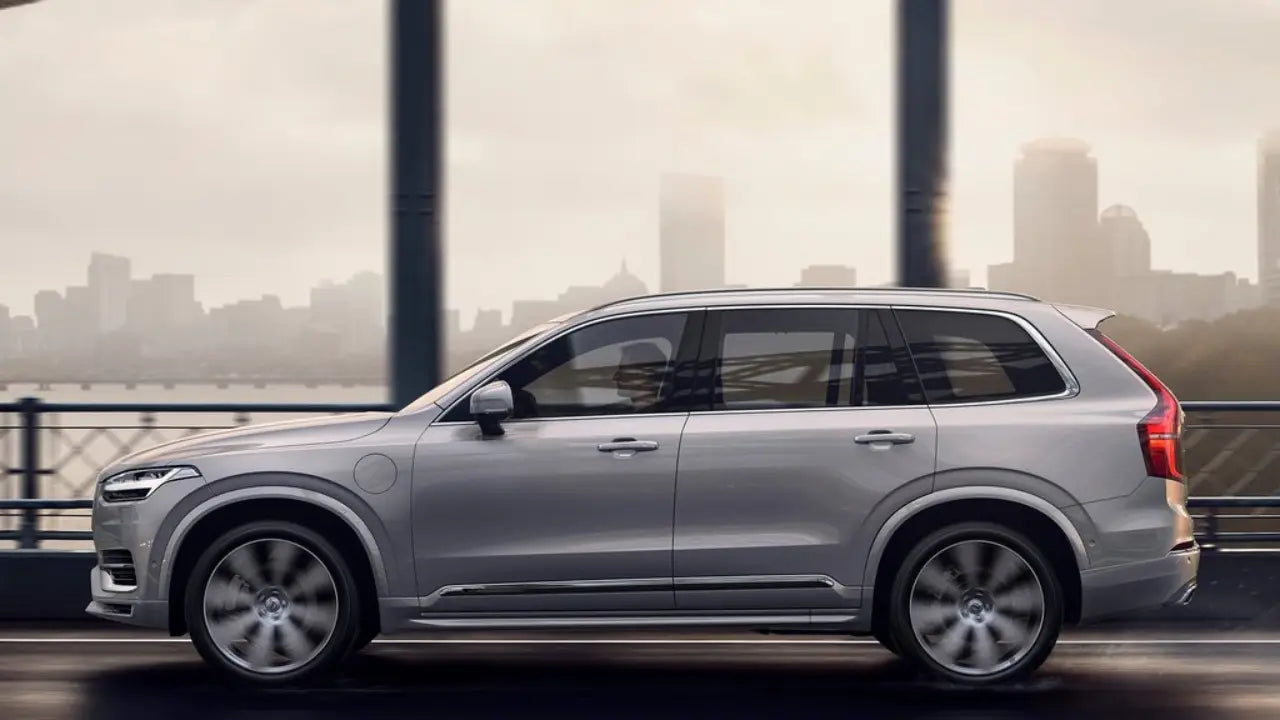
Jeep Wrangler
We can describe Jeep as an off-road icon, excelling in navigating through snow-covered terrains. Along with its 4x4 capability, durable build, and a high-ground clearance of 9.7 inches, the Wrangler ranges from about 270 to 470 horsepower, depending on the engine choice. Also, it has many safety features like electronic stability control, lane-keeping assist, forward collision avoidance, blind-spot warning, and hill descent control, allowing you to tackle snowdrifts and icy paths easily.

Land Rover Defender
One of the best cars for snow is the Land Rover Defender, which is equipped with an all-drive system and advanced off-road technology. It offers 296-395 horsepower, traction control system, a high ground clearance of 8.6 inches, and electronic stability control. Also, the Defender’s robust chassis, electronic air suspension, and hill descent control further enhance its capabilities in navigating through snow-covered landscapes.
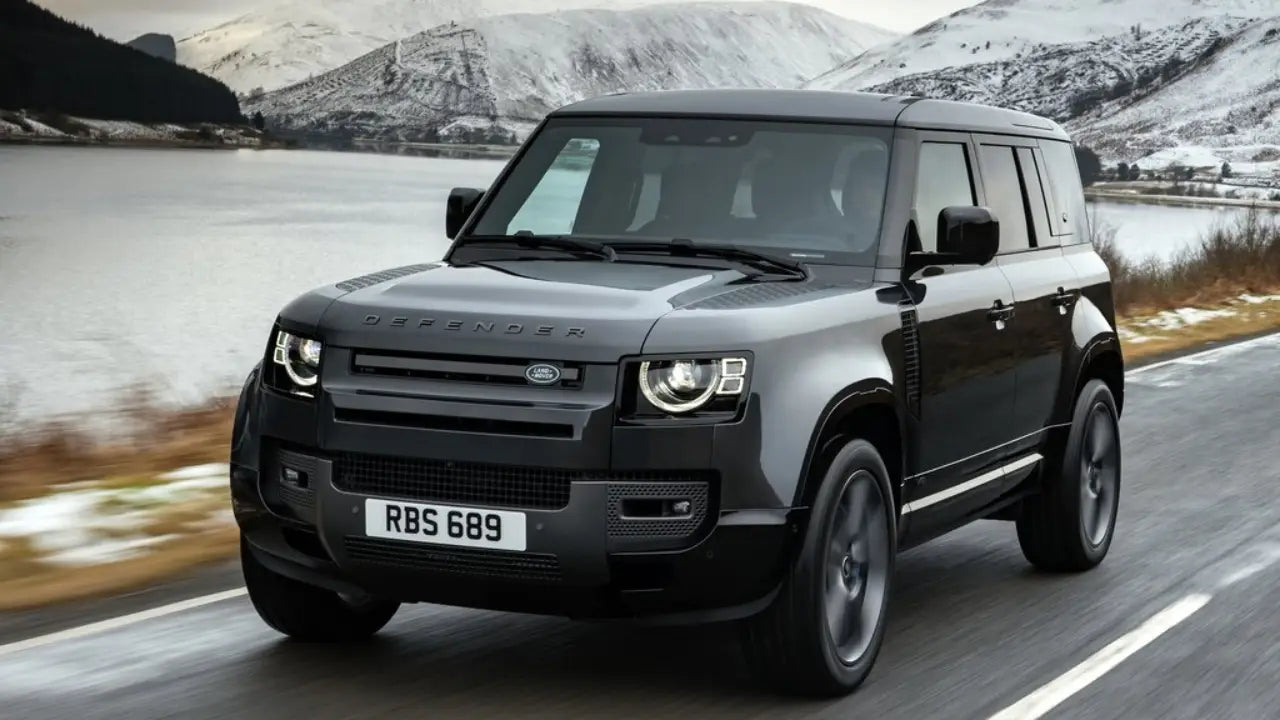
Audi A4
Another best car for snow is the Audi A4 with its Quattro all-wheel drive system. It offers a range of engine options, delivering 260-320 horsepower according to its trim levels. The safety features of the Audi A4 are comprehensive, from antilock brakes and electronic stability control to adaptive cruise control and lane departure warning. While the A4 has heated seats and a steering wheel inside, its exterior design is quite functional, with LED headlights that contribute to better visibility in snow conditions.

Hyundai Tucson
Hyundai Tucson falls into the category of the best car for snow thanks to its HTRAC all-wheel-drive system, a high ground clearance of 7 inches, and advanced safety features like lane-keeping assist, forward collision avoidance, blind-spot warning, and hill descent control. Inside, it has a user-friendly infotainment system and heated seats, contributing to comfortable driving in snow conditions. Also, the exterior design of the Tucson is equipped with heated side mirrors, LED headlights, and well-designed wheel arches.

Toyota Camry
One of the best cars for snow is the Toyota Camry with AWD, typically known for its reliability and fuel efficiency. The Camry offers various engine options, delivering around 202 to 301 horsepower depending on the trim level. Also, it is equipped with advanced safety features like electronic brake force distribution, lane departure warning, adaptive cruise control, etc. Even though the Camry does not have too high ground clearance (5.7 inches), it can handle a moderate level of snow.
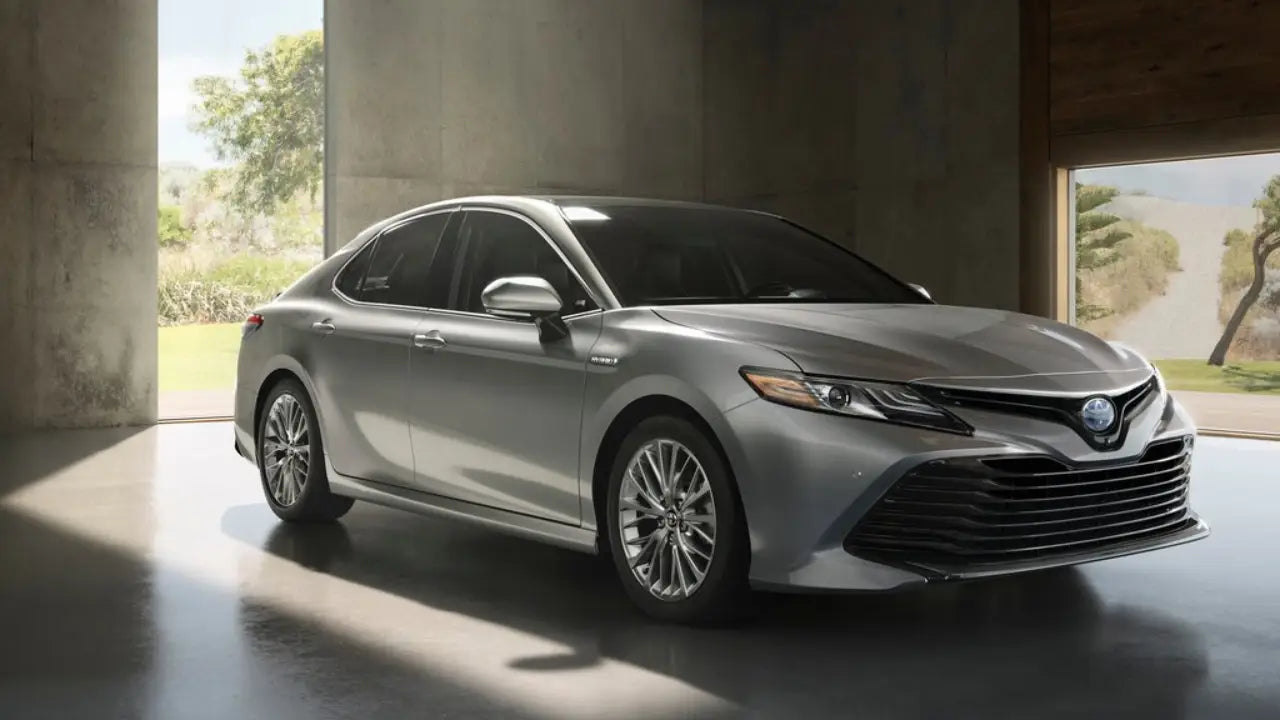
Mercedes Benz GLE
Another best car for snow is the Mercedes Benz GLE, a luxury SUV equipped with a 4MATIC all-wheel drive system. It has various engine options delivering around 255 to 603 horsepower. Also, the GLE offers a high ground clearance of 7.9 inches, an electronic stability program, adaptive braking technology, lane-keeping assist, collision avoidance systems, heated seats, and mirrors. So, it falls into the category of the best cars for snow.
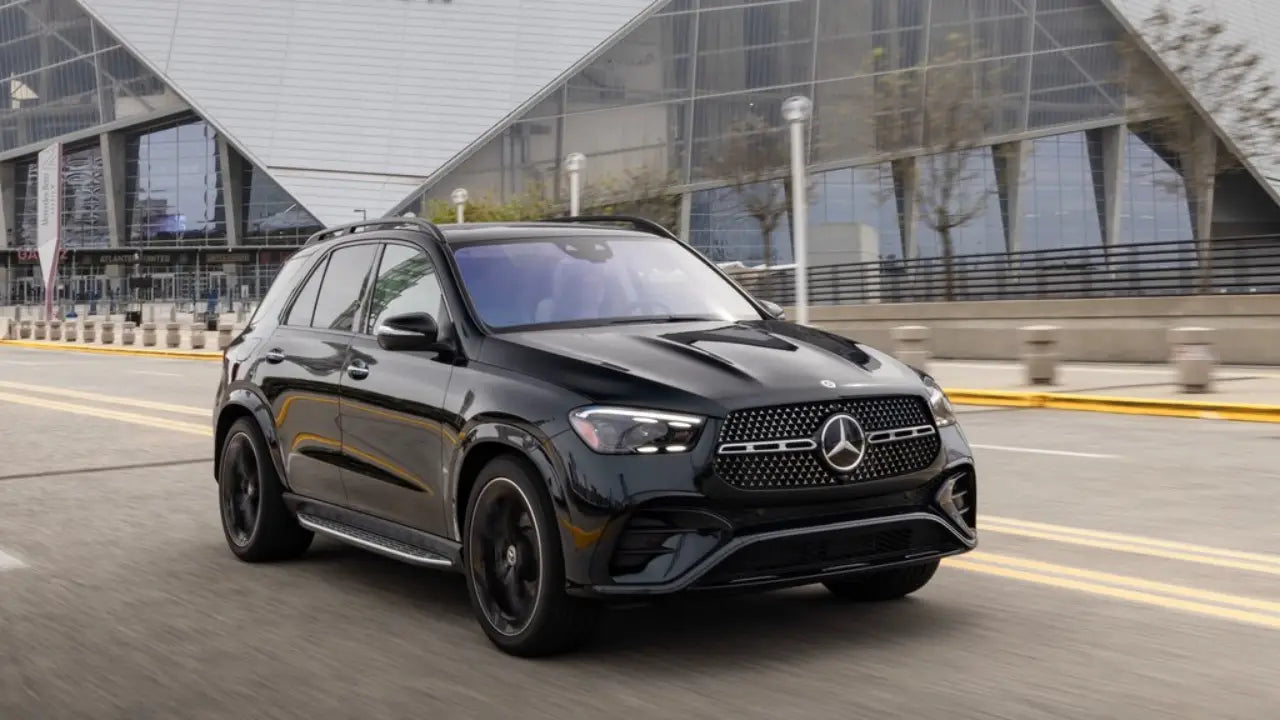
Ford Ranger
One of the best trucks for snow is the Ford Ranger, which is equipped with AWD and advanced off-road capabilities. It has various engine options delivering around 270 to 310 horsepower. The Ranger offers a high ground clearance of 8.9 inches, electronic stability control, electronic brake-force distribution, forward collision warning, and automatic emergency braking. Also, if you choose the optional FX4 off-road package of the Ranger, you can benefit from the Ford’s Terrain Management System including a Snow mode.
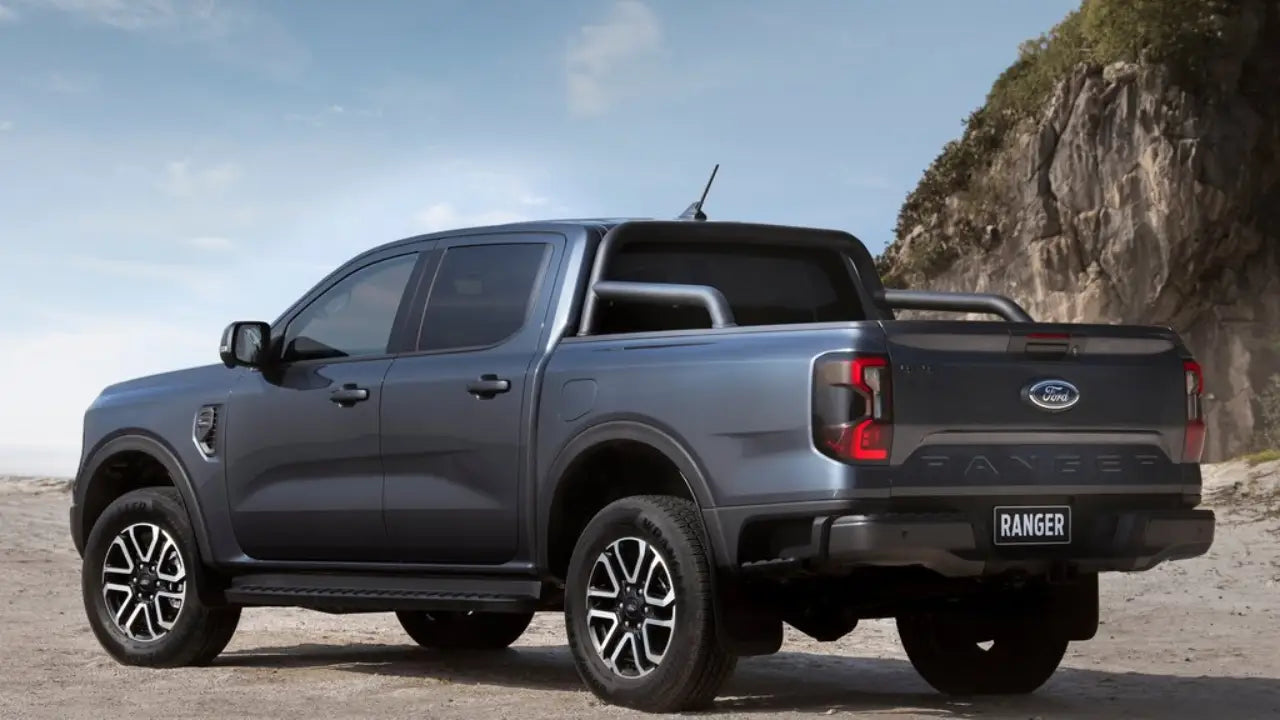
GMC Sierra 1500
Another good truck for snow is the GMC Sierra 1500, which is equipped with AWD and a rugged exterior design. It typically offers a range of engine options, delivering around 285 to 420 horsepower. Also, the GMC Sierra 1500 offers a high ground clearance of 8.6 inches, antilock brakes, electronic stability control, forward collision alert, lane departure warning, and automatic emergency braking. If you seek extra driving comfort in winter conditions, you can look at the GMC Sierra 1500’s winter-specific packages, including heated seats, upgraded winter tires, and all-weather floor mats.
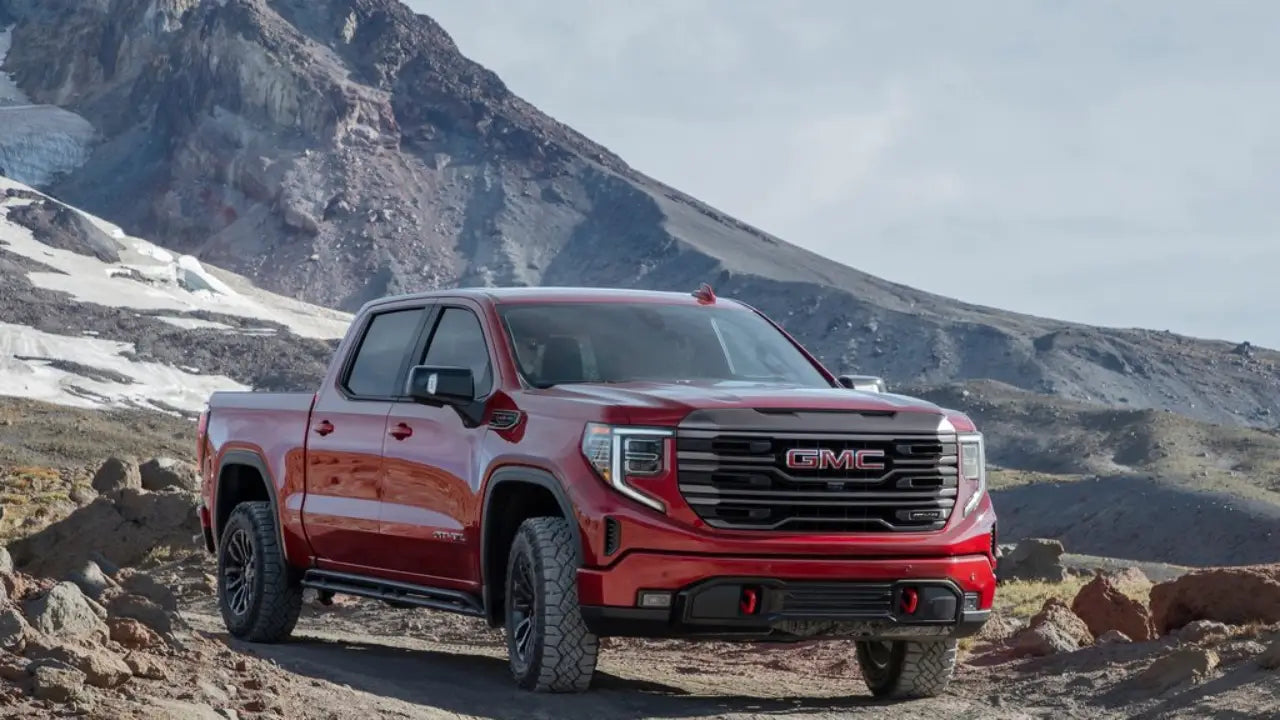
Why are Aftermarket Parts Significant in Winter Conditions?
As you know, there are many different aftermarket parts on the market. Some of them play a crucial role in winter conditions due to their ability to address and mitigate winter challenges. We can sort these winter-specific aftermarket parts as visibility, safety, traction, and performance improvements in snowy and icy conditions. So, whether you have the best cars for snow or not, you can upgrade your car with some winter-specific aftermarket parts to experience better driving in the snow.
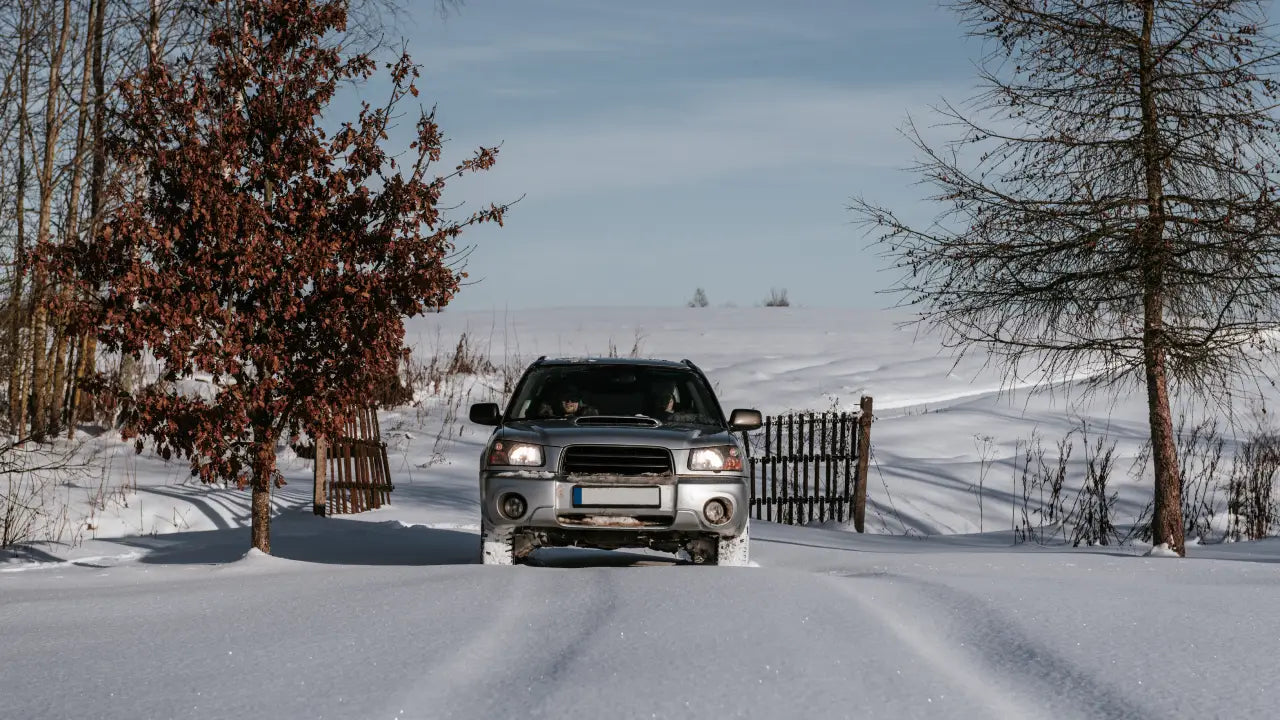
Which Aftermarket Parts Make Your Vehicle Better for Driving in Snow?
Aftermarket parts offer a significant improvement in car performance, acceleration, durability, safety, and visibility according to their primary functions. No matter how good cars for snow you have, you can elevate your driving in snow with the right aftermarket parts. So, let’s look at which aftermarket parts make your vehicle better for driving in the snow below:
All-Weather Floor Mats
We can describe all-weather floor mats as functional aftermarket accessories. These mats are typically made from high-quality materials like rubber or thermoplastic, which offer superior resistance to water, snow, mud, and other debris. So, all-weather floor mats resist cracking, tearing, and fading even after prolonged exposure to snow, ice, and salt, ensuring they provide reliable protection for your vehicle’s interior.
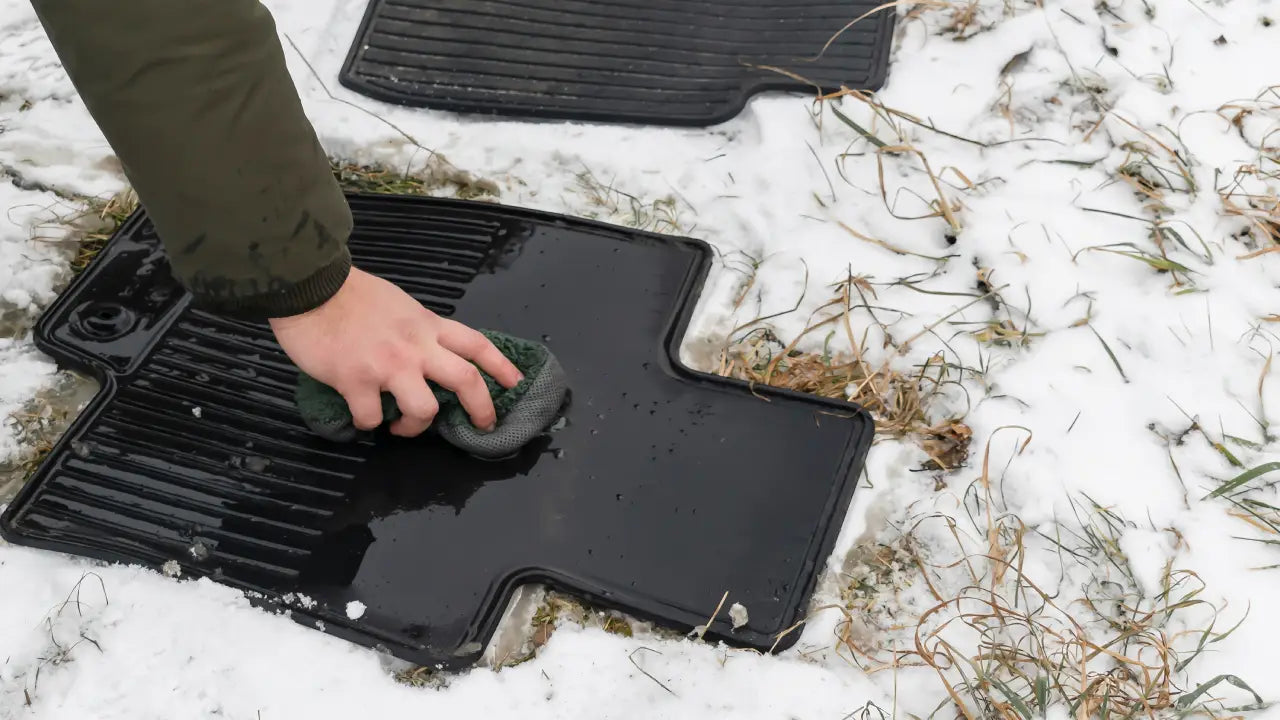
Winter Wiper Blades
As winter wiper blades are designed to enhance visibility and safety during challenging winter conditions, they are a crucial aftermarket accessory for driving in snow. Winter wiper blades are constructed with durable materials such as rubber compounds that remain flexible in extremely low temperatures. This flexibility prevents the blades from becoming stiff or brittle, ensuring they maintain efficient contact with the windshield even in freezing conditions. So, while traditional wiper blades may freeze to the windscreen in extreme snow, winter wiper blades resist freezing and offer a more apparent field of vision for the driver.

Winter Car Cover
Winter car covers are designed with durable materials resistant to snow and ice accumulation on the vehicle’s exterior. This protective layer shields the car’s body from the adverse effects of freezing temperatures by preventing the formation of snow and ice on the windshield, windows, mirrors, and other surfaces. So, winter car cover acts as a strong barrier against snow, making it easier to clear the vehicle when parked. Instead of scraping off snow from various surfaces, drivers can remove the cover, saving time and effort during cold mornings or after heavy snowfall.

Winter Tires
Winter tires are crafted from a rubber compound designed to remain flexible in cold temperatures. This flexibility ensures that the winter tires maintain good contact with the road, even in freezing conditions, providing better traction on snowy and icy roads. Also, winter tires offer shorter stopping distances on snow and ice compared to all-season or summer tires. So, the advanced tread design and specialized rubber compound of winter tires contribute to better braking performance, reducing the risk of accidents in winter driving scenarios.
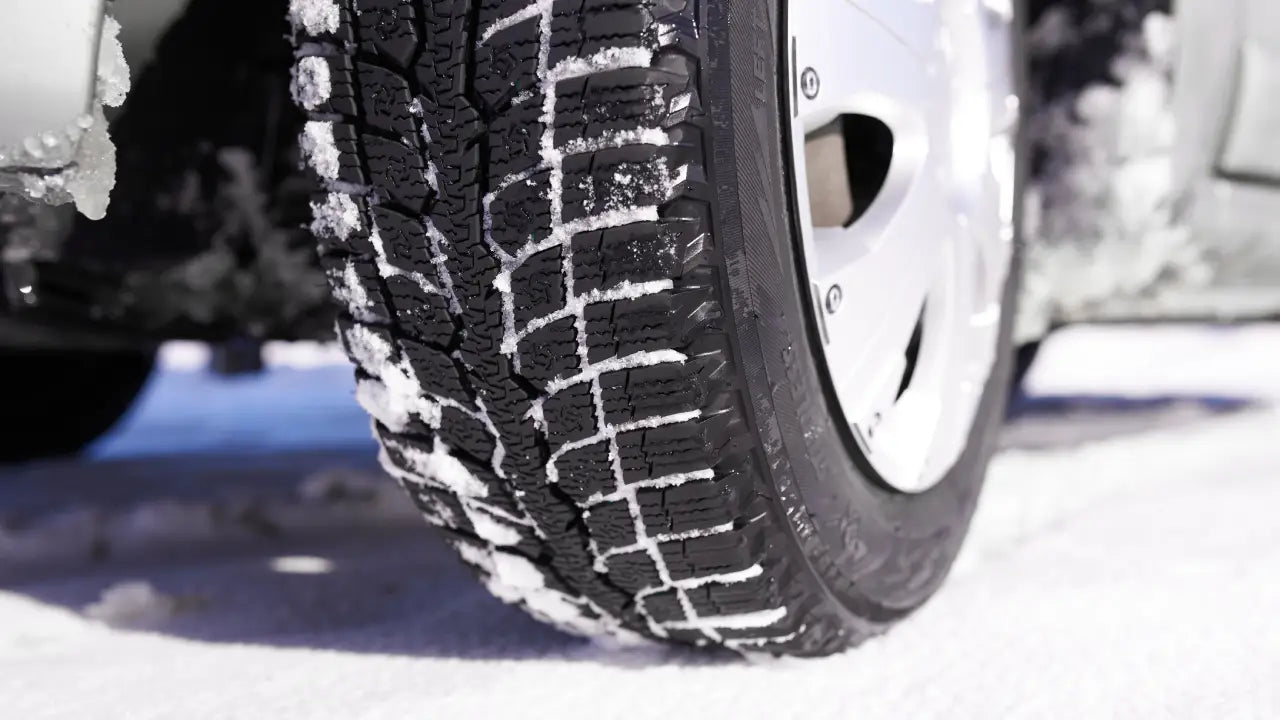
Engine Block Heater
In extremely low temperatures, engine fluids, especially oil, can thicken, making it difficult for the engine to turn over. The engine block heater warms the engine’s internal components, ensuring fluids remain at optimal viscosity. This facilitates easier starting and reduces strain on the battery and starter motor. Also, cold weather can significantly reduce a car battery’s efficiency. The engine block heater helps preserve the battery by reducing its load during startup. So, it can extend the battery’s lifespan and decrease the chances of a dead battery in freezing temperatures.
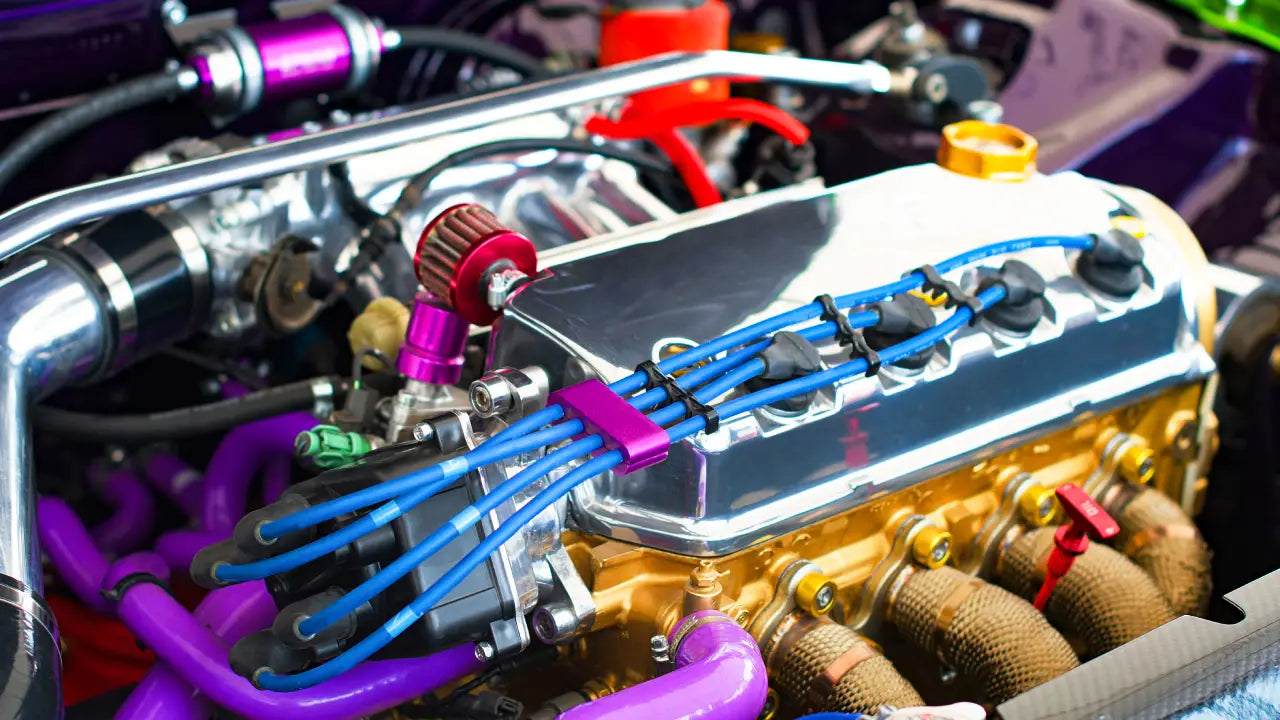
Performance Ignition System
In snow and freezing temperatures, engines can struggle to start due to cold and thickened fluids. Performance ignition systems help address this issue by providing a hotter spark, making it quicker and more reliable when cold weather starts. They provide a higher energy output compared to stock systems. So, this additional energy contributes to better combustion and power delivery, which can be especially useful when driving in snow and navigating slippery or challenging road conditions.

Cold Air Intake System
Cold air intake systems are designed to increase the volume of cold air entering the engine. As cold air contains more oxygen molecules than warmer air, the increased oxygen supply can enhance the combustion process, resulting in a more efficient fuel burn. At this point, cold air intake systems allow the engine to work better in snow conditions where optimal engine performance is crucial for traction and control.
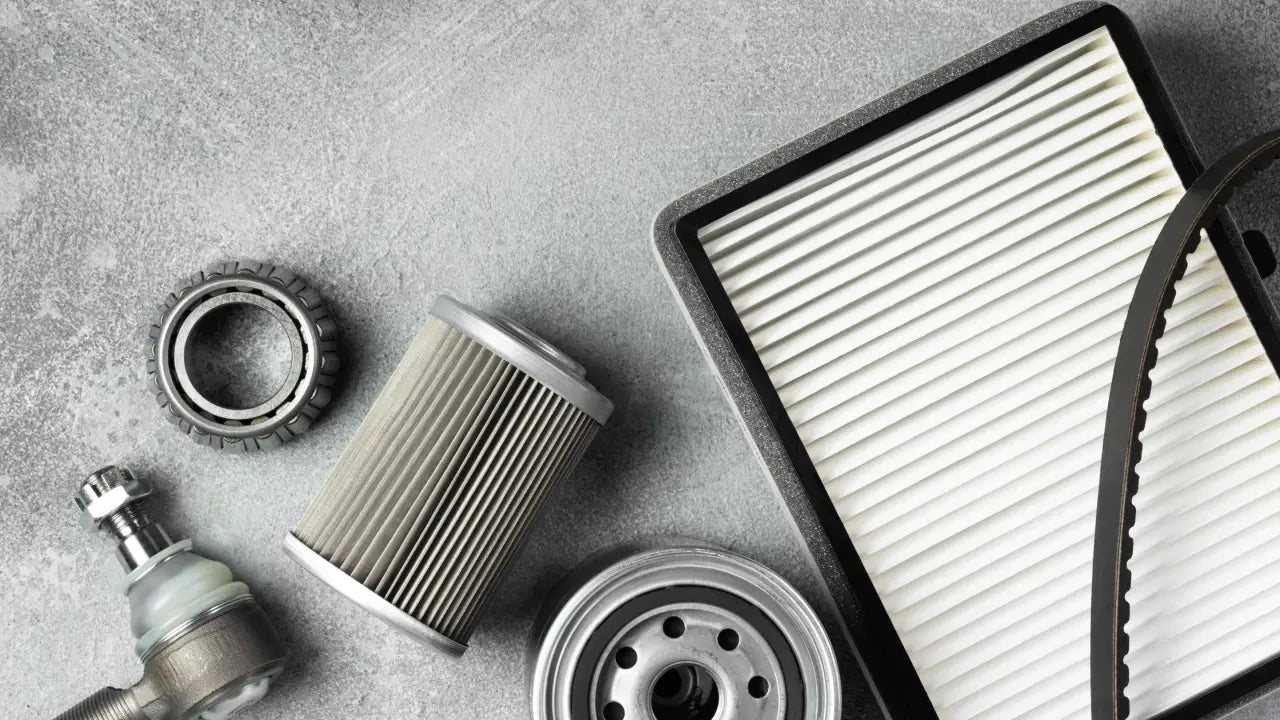
High-Performance Brake Pads and Rotors
High-performance brake pads and rotors are engineered to provide superior stopping power in snowy conditions where roads can be slippery. Having these brakes responding quickly and effectively is crucial for safe driving. Also, the design of high-performance brake rotors often includes features such as improved ventilation and materials that enhance heat dissipation. These materials provide better grip and traction, improving braking performance on snow-covered roads.

Throttle Response Controller
Throttle response controller stands out as a more advantageous aftermarket part for driving in snowy conditions, primarily due to its ability to significantly improve acceleration control and diminish throttle lag. As throttle response controllers are designed to eliminate throttle lag from your accelerator pedal, they contribute to a smoother and more controlled driving experience in snowy conditions. However, there are many different throttle response controller brands on the market. If you want to learn the best throttle response controller, just keep reading!
Explore How Pedal Commander® Prepares Your Car for the Best Driving in Snow
Pedal Commander® is the most advanced and versatile throttle response controller on the market. It offers an instantaneous and precise response to accelerator inputs, effectively minimizing wheel spin and optimizing traction. Also, Pedal Commander®'s customizable settings allow drivers to tailor throttle sensitivity according to the nuances of snowy weather, striking an ideal equilibrium between responsiveness and stability. This fine-tuning capability proves essential in achieving controlled and secure driving experiences in the often unpredictable and slippery snow conditions.
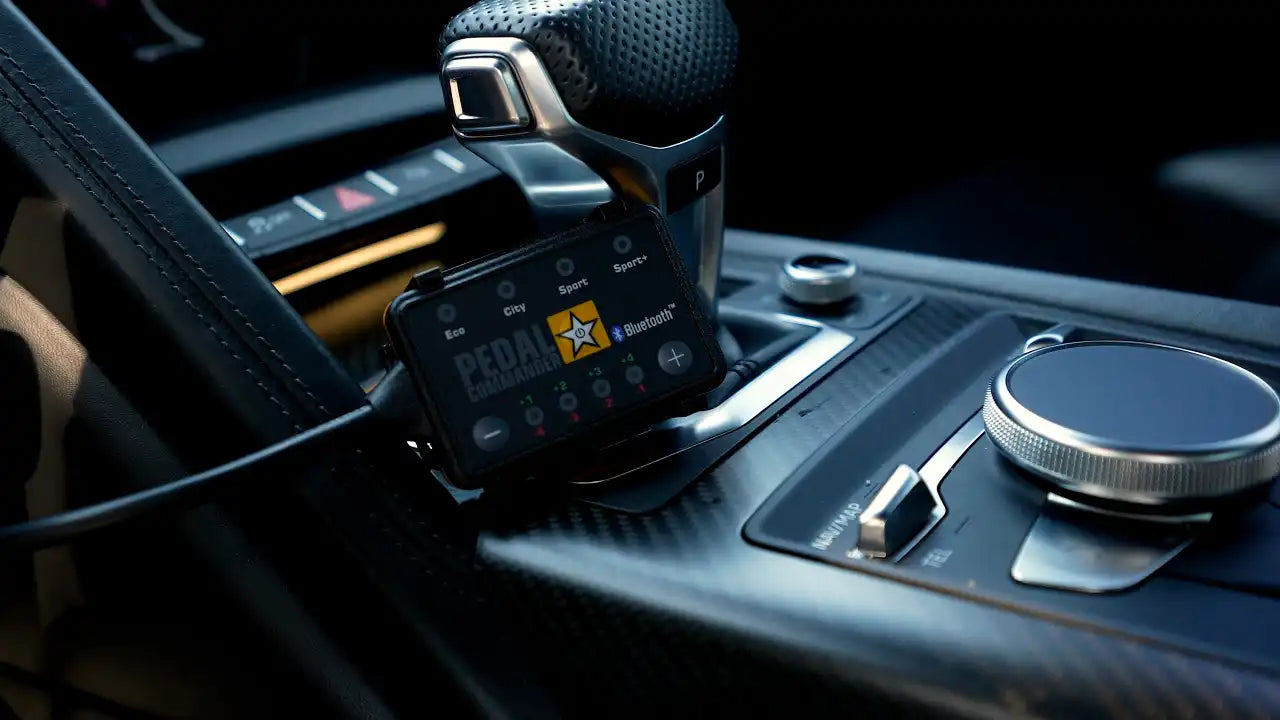
Moreover, Pedal Commander® has four distinctive driving modes – ECO, City, Sport, and Sport+ – significantly contributing to its versatility in adapting to different snowy scenarios. Eco mode allows you to achieve fuel savings of up to 20%, while City mode provides smooth ride quality, even in urban winter driving. Sport mode gradually increases acceleration, while Sport+ mode offers a mind-blowing performance with its aggressive response. So, Pedal Commander® offers a personalized driving experience in varying winter conditions. If you want to learn more about it, just watch our YouTube video below:











